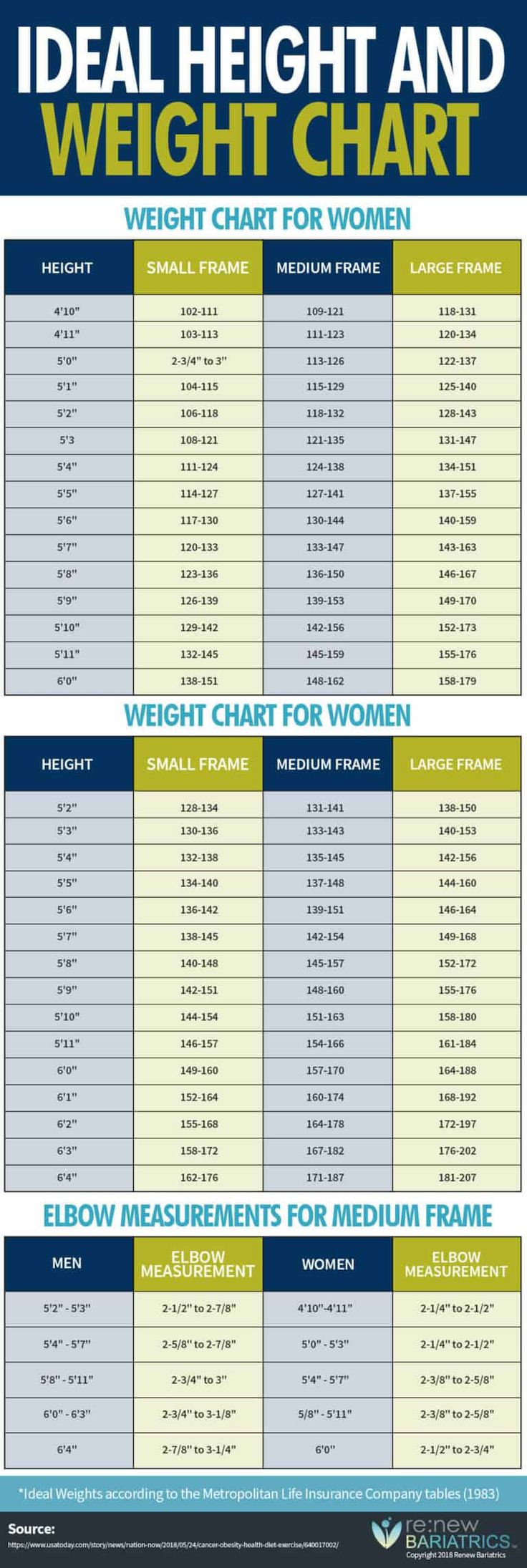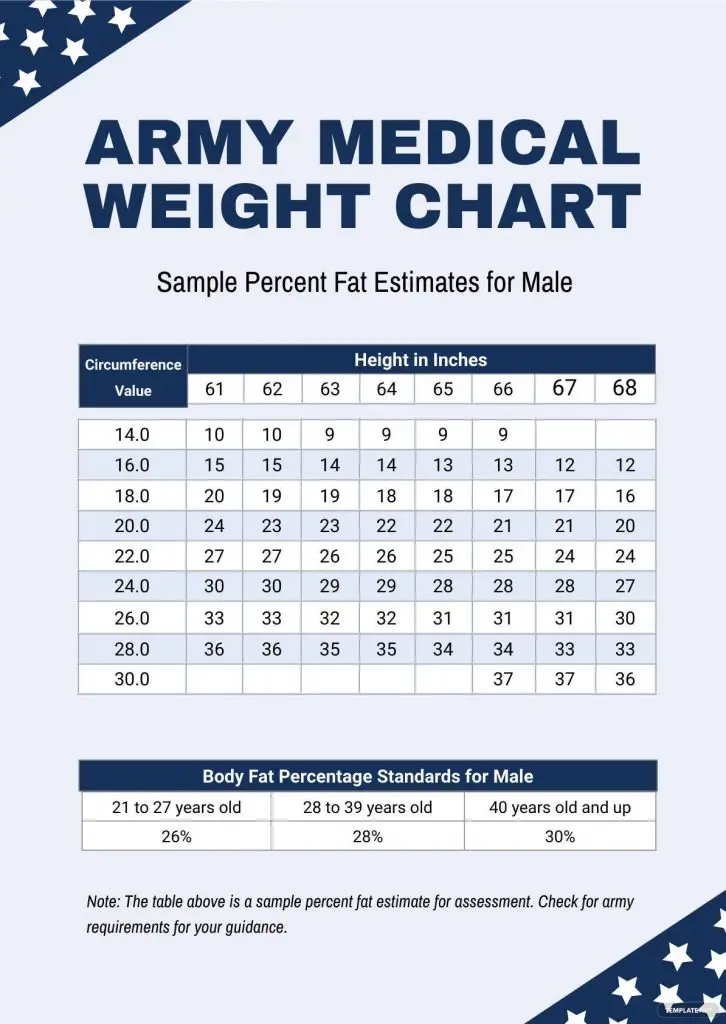Medical weight charts are a helpful tool to track and measure the amount of weight a person has gained or lost. They are used to identify any potential health risks and assess interventions. Medical weight charts are available for both adults and children, and usually include information about body mass index (BMI), waist circumference, and body fat percentage. These charts can provide important data for healthcare providers, such as whether a patient’s weight is within the normal range for their age and sex. They can also help identify any trends in a patient’s weight, such as sudden weight loss or gain.
Medical weight charts are an important tool for both healthcare providers and patients. Healthcare providers, they can provide vital information to help them assess a patient’s health, while for patients they can be a useful tool to help them monitor their weight and understand the impact it has on their overall health. The use of medical weight charts can help identify any potential health risks, such as obesity, and help devise an effective treatment plan. They also provide an objective measure to monitor progress and provide feedback on lifestyle changes. By using medical weight charts, healthcare providers and patients can work together to identify health risks, assess interventions, and track any changes in weight. This data can be used to help improve a patient’s overall health and well-being.
healthy weight for height and body type

Medical weight charts can help you to determine the healthy weight for your height and body type. Generally, a healthy weight range for adults is based on their Body Mass Index (BMI). The BMI is calculated by dividing your weight (in kilograms) by your height (in meters squared). A BMI below 18.5 indicates that you are underweight, 18.5-24.9 is considered a healthy weight, 25-29.9 is overweight, and 30 or above is obese. It is important to note that BMI is just an estimate and is not a direct measure of body fat.
It is only a guide and should be used in combination with other factors such as body frame and body type to determine a healthy weight range. Your body type also plays an important role in your weight range, as it can influence how much weight you should be aiming for. Generally, those with a mesomorphic body type (muscular, athletic build) can weigh more than those with an ectomorphic body type (lean, thin). It is important to consult with a health professional if you are unsure about your body type.
Finally, your age and gender can also influence the healthy weight range for your height. Generally, children and young adults need to weigh less than adults, and women tend to weigh less than men. It is important to consult with a health professional to determine a healthy weight range for your age and gender. By using medical weight charts, you can get an accurate estimate of the healthy weight for your height and body type. However, it is important to note that BMI is only an estimate and should be used in combination with other factors such as body frame and body type to get an accurate measure of a healthy weight range.
What weight should I be for my height and build?
According to medical weight charts, your ideal weight should be based on your height, age, and body build. Generally, adults should aim for a body mass index (BMI) between 18.5 and 24.9. You can use a BMI calculator to find out your BMI, or consult your doctor for more personalized advice. Your body type should also be taken into consideration when determining your ideal weight. A petite person with a thin build may need to weigh less than the average person of the same height.
Similarly, an athletic person with a muscular build may need to weigh more than the average person of the same height. Keep in mind that it is not always necessary to strive for a perfect weight. If your current weight falls within the healthy BMI range, you may not need to make any changes. However, if you are outside of the normal range, it is important to talk to your doctor about creating a weight-loss plan that is healthy and sustainable for you. In summary, to determine your ideal weight, consider your height, age, body build, and body mass index. Additionally, consult your doctor for expert advice and support.
How to calculate healthy body weight?
Medical weight charts are a great way to ensure your body weight is within a healthy range. To use a medical weight chart, you’ll need to know your height and gender. The chart will then list a range of weights that are considered healthy for that height and gender. Generally, the lower end of the range is considered underweight while the higher end is considered overweight. It’s important to remember that your body weight isn’t the only factor in determining your overall health.
Even if you are within the healthy range, you may still need to work on other aspects of your health, such as your diet and activity level. If you’re concerned about your body weight, it’s important to speak to your doctor about it. They can evaluate your overall health and determine if there are any changes you need to make. With the help of medical weight charts, you can easily calculate a healthy body weight for yourself. Just remember to also consider other factors such as diet and activity level for a truly comprehensive look at your health.
How much weight should be according to height?
Medical weight charts provide a general guide of what a healthy weight should be according to your height. Generally, the taller you are, the more you should weigh. For example, a woman who is 5’4″ should weigh around 115 to 154 pounds. A man who is 5’10” should weigh around 145 to 186 pounds. However, these are guidelines and should not be used to measure a person’s overall health.
Your genetic makeup, lifestyle, and physical activity can all affect your ideal weight. Additionally, age and gender can also play a role in determining a healthy weight for you. For example, women tend to have a lower body mass index than men. When it comes to a healthy weight, it is important to remember that it is not all about weight itself. A healthy weight is one that is achieved through a balanced diet and regular exercise. This will help to reduce your risk of chronic illnesses and other health issues. It is also important to speak with your doctor if you have any questions or concerns about your weight. Your doctor can provide additional information and guidance to help you reach and maintain a healthy weight. Overall, the medical weight charts provide an initial starting point for individuals to determine a healthy weight for their specific height.
However, it is important to remember that it is only a guideline and that other factors should be taken into consideration when determining a healthy weight.
How do you calculate ideal body weight?
Medical weight charts are used to calculate an individual’s ideal body weight. It takes into account factors such as height, gender, body frame, and age. To calculate your ideal body weight, you need to know your height in inches and your gender. For men, the ideal weight is calculated by multiplying 106 lbs for the first 5 feet of height plus 6 lbs for each additional inch. For women, the formula is 100 lbs for the first 5 feet plus 5 lbs for each additional inch.
Once your ideal weight has been calculated, you can use the medical weight charts to find your ideal body weight range. This range is based on your age and body frame size. For example, if someone is 20 years old and has a small body frame, their ideal body weight range would be between 104 and 125 lbs. It is important to remember that these are general guidelines. Your ideal body weight is ultimately determined by your health, lifestyle, and other factors. You should always consult your doctor to determine the right weight for you. Ultimately, medical weight charts are a useful tool to help you determine your ideal body weight. By following their guidelines, you can gain insight into your health and work towards achieving your best possible weight.







